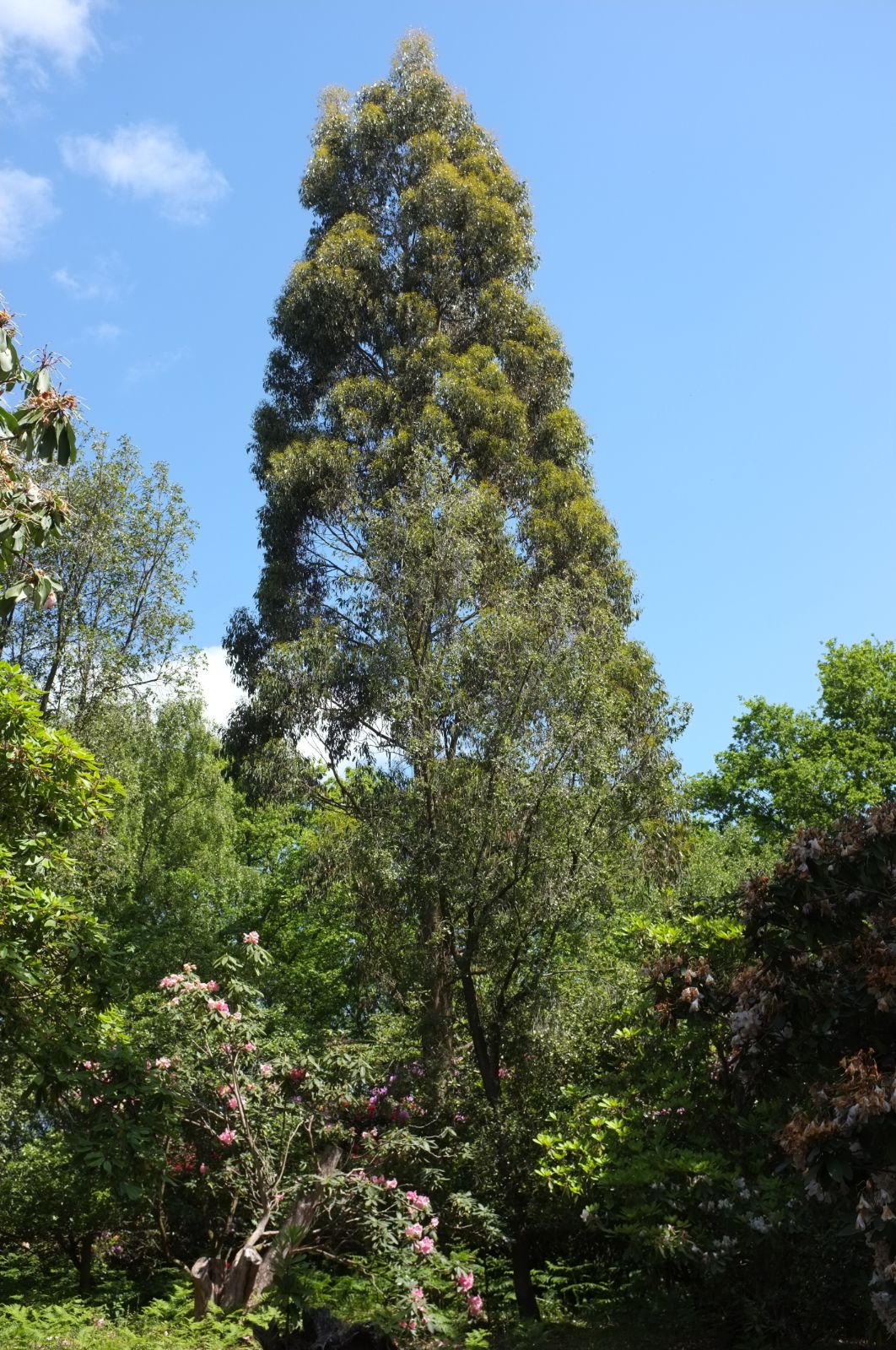Eucalyptus subcrenulata
Credits
Article from New Trees by John Grimshaw & Ross Bayton
Recommended citation
'Eucalyptus subcrenulata' from the website Trees and Shrubs Online (treesandshrubsonline.
Genus
Common Names
- Tasmanian Alpine Yellow Gum
Other taxa in genus
- Eucalyptus acaciiformis
- Eucalyptus albida
- Eucalyptus amygdalina
- Eucalyptus archeri
- Eucalyptus blakelyi
- Eucalyptus bridgesiana
- Eucalyptus brookeriana
- Eucalyptus camaldulensis
- Eucalyptus camphora
- Eucalyptus chapmaniana
- Eucalyptus cinerea
- Eucalyptus coccifera
- Eucalyptus cordata
- Eucalyptus crenulata
- Eucalyptus cypellocarpa
- Eucalyptus dalrympleana
- Eucalyptus delegatensis
- Eucalyptus elliptica
- Eucalyptus fastigata
- Eucalyptus fraxinoides
- Eucalyptus globulus
- Eucalyptus gregsoniana
- Eucalyptus gunnii
- Eucalyptus johnstonii
- Eucalyptus kybeanensis
- Eucalyptus lacrimans
- Eucalyptus laophila
- Eucalyptus leucoxylon
- Eucalyptus macarthurii
- Eucalyptus macrorhyncha
- Eucalyptus mannifera
- Eucalyptus melliodora
- Eucalyptus mitchelliana
- Eucalyptus moorei
- Eucalyptus morrisbyi
- Eucalyptus neglecta
- Eucalyptus nicholii
- Eucalyptus nitens
- Eucalyptus nova-anglica
- Eucalyptus obliqua
- Eucalyptus oreades
- Eucalyptus ovata
- Eucalyptus parvula
- Eucalyptus pauciflora
- Eucalyptus praecox
- Eucalyptus radiata
- Eucalyptus regnans
- Eucalyptus remota
- Eucalyptus risdonii
- Eucalyptus rodwayi
- Eucalyptus rubida
- Eucalyptus saligna
- Eucalyptus sideroxylon
- Eucalyptus stellulata
- Eucalyptus tenuiramis
- Eucalyptus urnigera
- Eucalyptus viminalis
Tree to 18 m. Bark smooth throughout, grey to white or yellowish green. Branchlets yellowish green. Juvenile leaves green, sessile or short-petiolate, opposite, elliptic to ovate (rarely orbicular), margins crenulate. Adult leaves alternate, shiny green, 5–10 × 1.5–2.5 cm, lanceolate, lateral veins indistinct, margins subcrenulate, apex acuminate; petiole terete, 1.5–2.5 cm long. Inflorescences axillary and solitary; umbellasters with three flowers. Flower buds ovoid, slightly wrinkled, 0.3–0.4 cm long; hypanthium campanulate, 0.4–0.5 cm wide; stamens white. Capsule hemispherical to campanulate, sometimes two-ribbed, 0.5–0.8 cm diameter; valves three to four, flush or exserted. Chippendale 1988. Distribution AUSTRALIA: Tasmania (between Lake Fenton and Lake Dobson). Habitat Occurs at altitudes above 800 m asl. USDA Hardiness Zone 8. Conservation status Not evaluated. Illustration NT362.
Eucalyptus subcrenulata brings a welcome change of foliage colour, having leaves that are a glossy dark green instead of the usual greyish colour expected in the genus. It also has excellent bark, reddish when the tree is young but becoming smooth silvery grey and cream, flaking to reveal patches of yellow-orange or green. It forms an upright, columnar specimen, growing quite rapidly, and in Oregon has achieved 8 m in three and a half years (S. Hogan, pers. comm. 2007). The white flowers, appearing in late summer, contrast well with the dark foliage. Its origin in damp conditions in Tasmania brings many advantages, particularly its wide-spreading and very stable root system, and its adaptability to garden conditions. It is hardy to about –12 ºC but below that will suffer dieback of the trunk, although sprouting from the lignotuber has occurred after temperatures that dipped below –20 ºC (Hogan 2008). There are several fine specimens in the Hillier Gardens, of which the largest (planted in 1981) was 21.4 m (35 cm dbh) in 2008.


